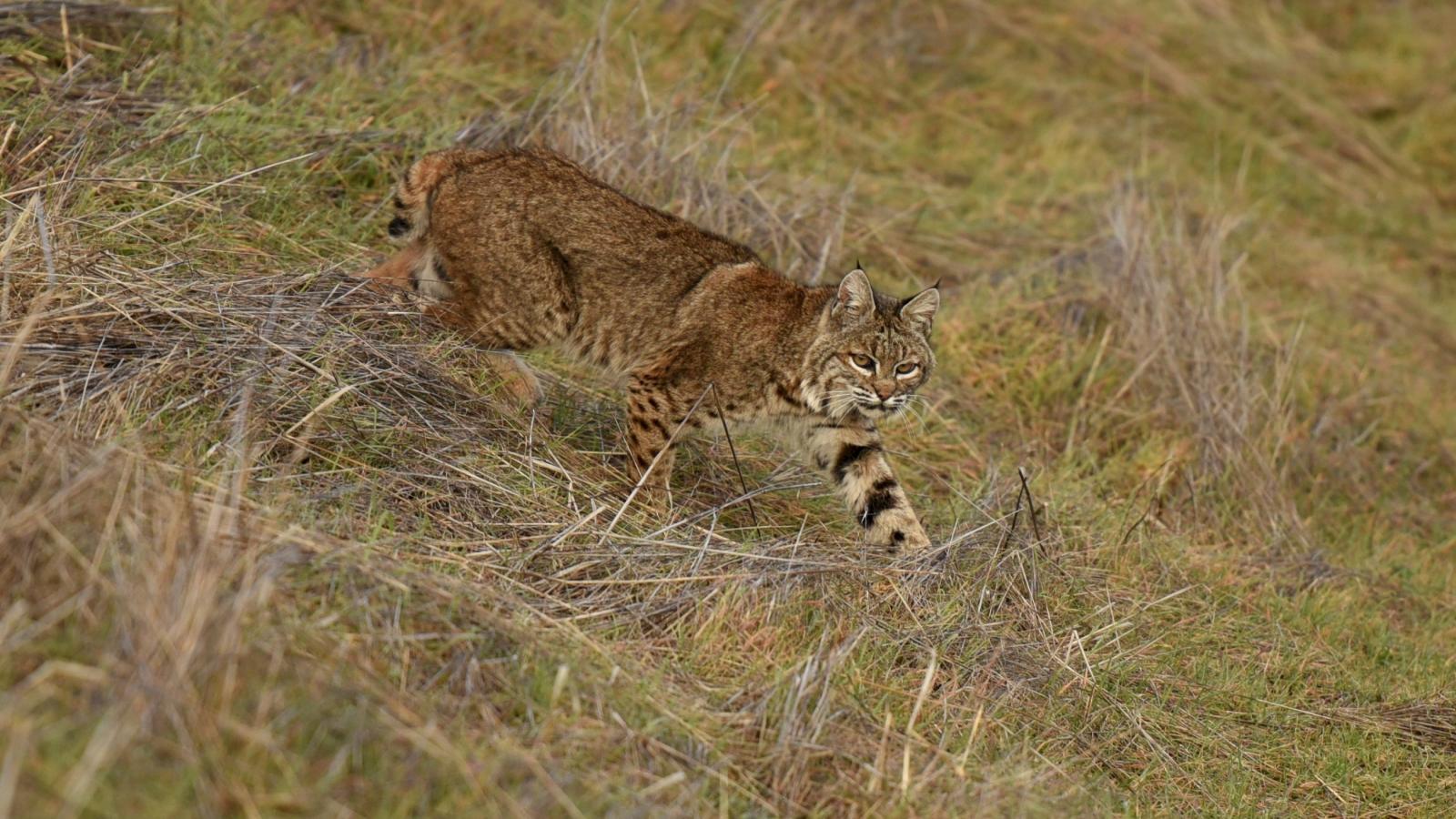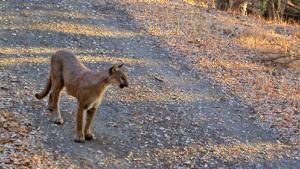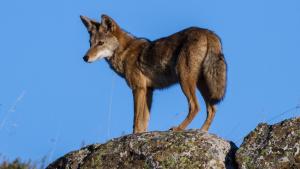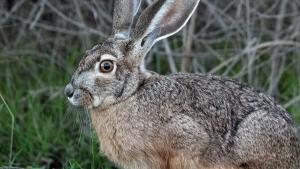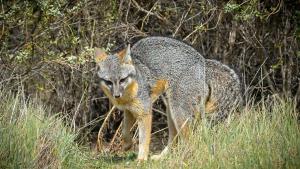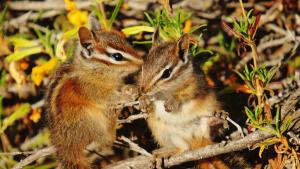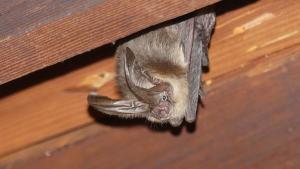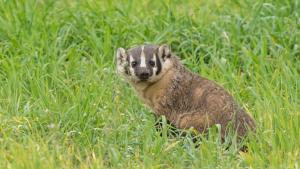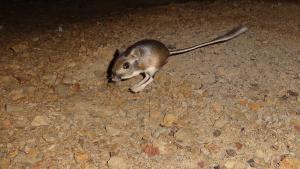Mammals inhabit all habitat types throughout Midpen preserves, from open grasslands dense brush, from moist riparian areas to arid chaparral. However, many of our local mammal species are nocturnal and elusive, so they are often harder to spot. The mammal species that are easiest to spot throughout the Bay Area are Columbian black-tailed deer, brush rabbits, ground squirrels and gray squirrels.
Midpen preserves are also home to some mammals species that are recognized as California Species of Special concern, such as the Townsend's big-eared bat and the American badger.
Mammal Species Spotlight
Get an in-depth look into some of the most iconic and charismatic mammals that can be found in Midpen preserves. Click on a species to learn more about its habitat, habits and defining features.
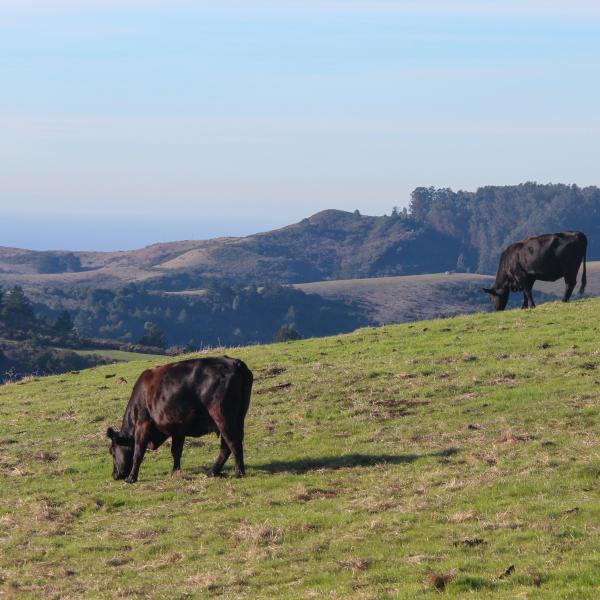
Another mammal species that you may encounter in Midpen preserves is cattle. These cows are in the preserves because they have a job to do: conservation grazing. Conservation grazing is one of many land management tools Midpen uses to achieve conservation goals, such as protecting biodiversity and enhancing habitat.
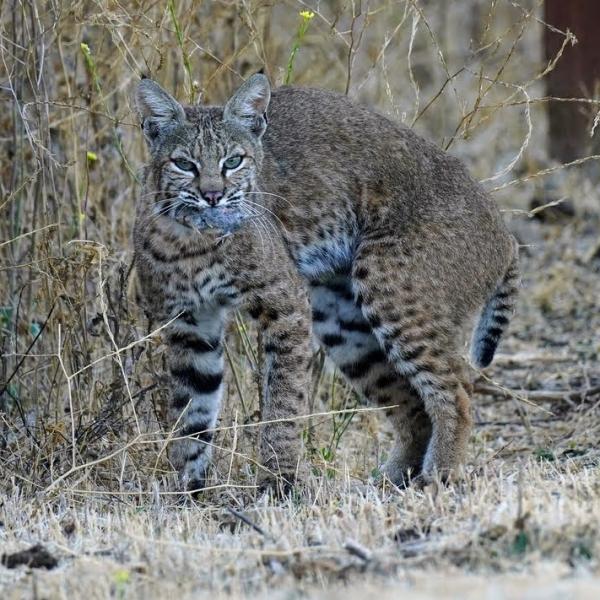
In Midpen preserves, mammals are at risk from rodenticides. At-home use of rodenticides (pesticides that target rodents) pose a significant threat to wildlife and especially dangerous to predators and scavengers, such as coyotes, mountain lions and bobcats.
After numerous sick animals were observed in the preserves around 2013, California Department of Fish and Wildlife (CDFW), with assistance from Midpen staff, linked the illness and death of many bobcats specifically to second-generation anticoagulant rodenticides (SGAR). When they prey upon rodents poisoned by rodenticides, toxins accumulate in the predator’s body, weakening their immune system and causing them to become more susceptible to potentially deadly diseases such as mange.

